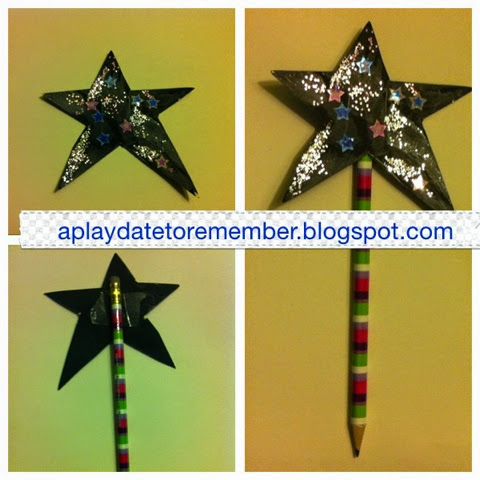I love the Autumn/Fall season. There are so many fun holidays (Harvest festival, Halloween, Thanksgiving etc) but I simply enjoy the changes that the season brings. The weather gets cooler and the colours displayed by the trees are so beautiful.
After going on an Autumnal walk with my daughter, we were inspired to paint our own tree, using a paint brush and our hands. It was a bit of a messy activity but, so much fun.
Who can play?
Children aged 1 year onwards would enjoy this activity. With younger children the activity is more about the process, where as with older children it will be about the process and the end result.
All activities depend on each individual child's age and stage of development.
Safety:
To protect clothes, I recommend the use of an apron and newspaper on the floor/table.
Ensure your paint is non toxic and for younger children you could always substitute paint for yoghurt and food colouring.
I always keep wipes and a damp cloth close by, to clean up any paint spills, to prevent slipping.
What you need:
1. Newspaper for the floor/table (wherever you chose to do your painting)
2. Apron
3. Wipes and damp cloth
4. Paper
5. Cello tape to secure the paper to the floor/table
6. Red, brown, orange, yellow and green paint (Autumn colours)
What we did:
Once we had put on our aprons and protected the floor with newspaper, Bee and I talked about the different coloured leaves that we noticed on our Autumnal walk. We discussed why we thought the leaves changed colour (due to the weather getting cooler and the leaves dying) and briefly touched on the effects that Autumn, Winter, Spring and Summer have on us and our environment.
Our next job was to create our Autumn tree picture. We began by talking about the tree trunks and what they look like. Bee painted a thick brown line and then some twigs coming out of the top. I asked her did her tree have routes and she said yes, and painted two small curved lines at the bottom.
We then set out mixing our paints to make the colour orange and dark red. Using her finger, Bee very carefully made prints with the paint ontop of the tree, to represent leaves. She commented on the colours merging together to make new ones.
Bee really loved putting the red paint on one hand and the yellow on the other. she would then bring both hands together and mix the two colours to make orange.
We talked about the texture and properties of the paint when it was on our fingers and hands. This promoted Descriptive language such as slimy, wet and cold and sensory development.

Once the activity had finished we washed our hands, cleaned the area and paint pots. When the painting has dried I plan to put it in a frame.
What we learn?
- Communication and language- Talk about what they are doing and what they see and feel. Learn new words such as trunk and photosynthesis.
- Physical development- Fine and large manipulative skills and coordination when rubbing the paint together on her hands, using the paint brush and her finger to make daub marks to represent leaves. Hand eye coordination.
- Personal, social and emotional- Fun and enjoyment. Developing sensory skills. Self help skills afterwards when washing her hands and tidying up.
- Mathematics- Learning about spacial awareness and patterns. Counting how many fingers they can see on their hand prints.
- Understanding of the world- Change of state and talking about weather conditions and seasons. Developing an awareness of the world around them and their local environment. Learning about the anatomy of a tree.
- Literacy- Developing fine manipulative skills that are needed for holding writing tools. Mark making.
- Expressive arts and design- Learning different painting techniques. Creating patterns and designing. Painting a tree from memory. Exploring paint.
What next?
1. Place the Autumn tree in a frame and during Winter, Spring and Summer make another one. Discuss the differences and changes that each season brings.
2. Make prints from real leaves. This can be done by painted the back side of a leaf and pressing it down on a piece of paper.











